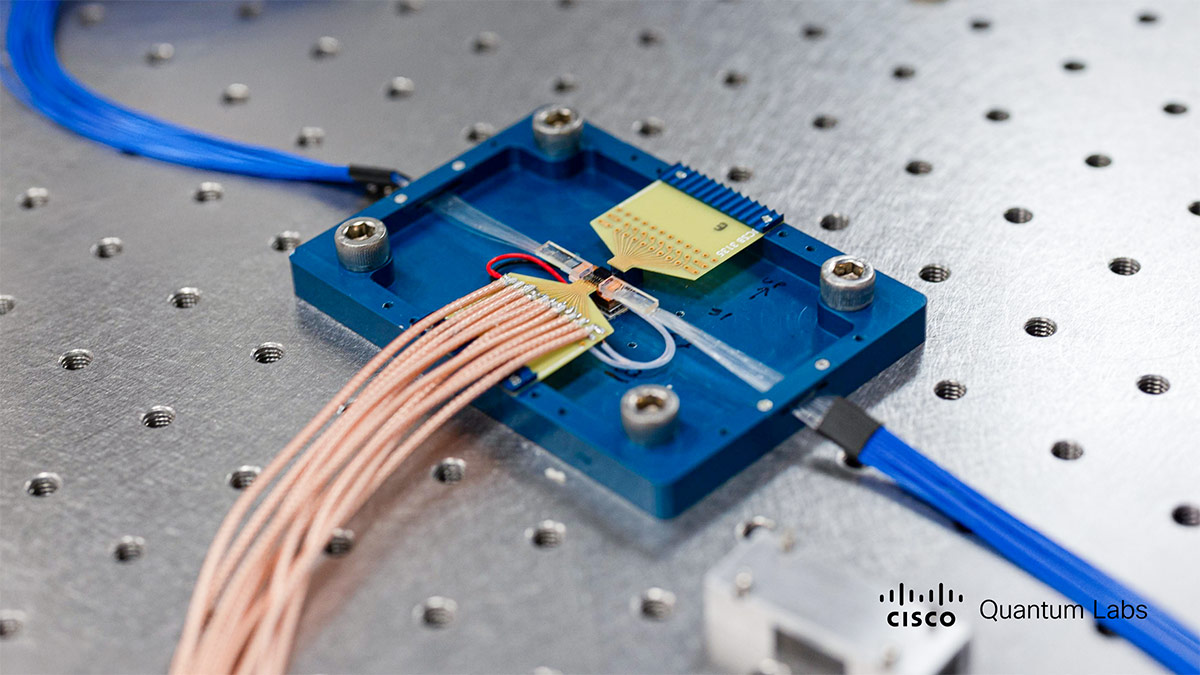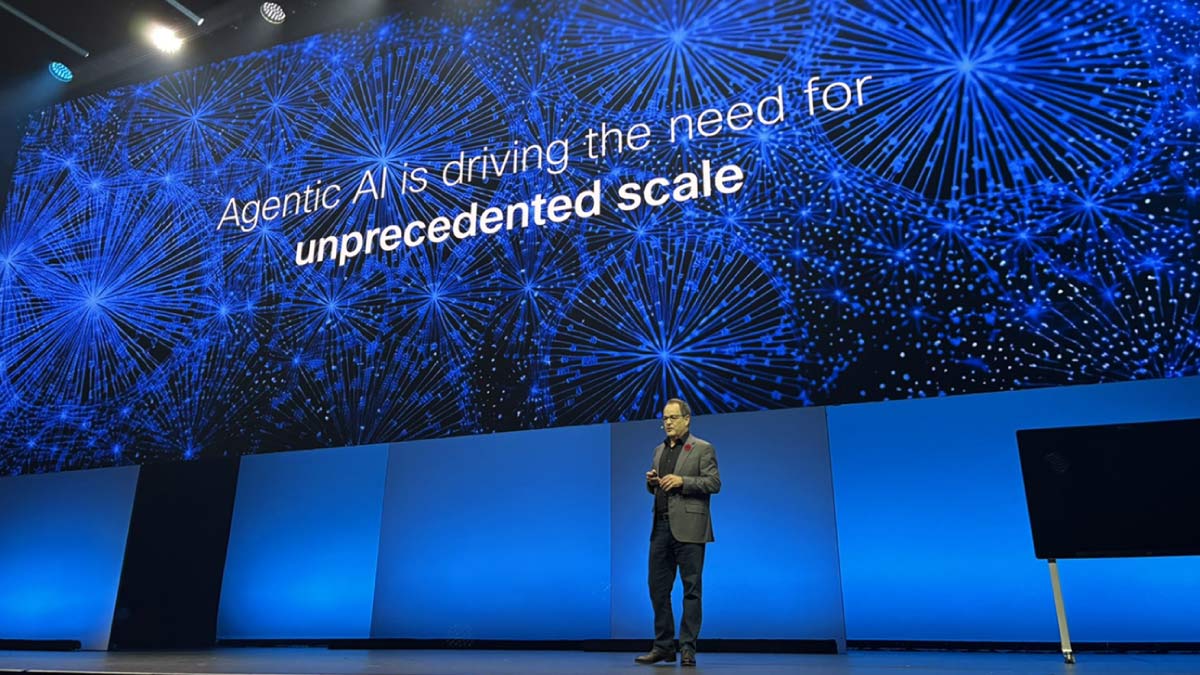Artificial intelligence (AI) has got a bad reputation. The ability of algorithms to improve performance based on learning has sparked fears of massive job losses and even threats to humanity.
Yet while it is true that most technology advances carry an element of risk, the artificial intelligence application tools showcased at the Cisco® Live event in Las Vegas this June are anything but hostile. Rather than taking your job, these innovations just want to make your life and work easier and more productive.
Take the AI tools being integrated into the Cisco Webex® collaboration platform. Conferencing and collaboration platforms such as Webex have become part and parcel of the work environment since the coronavirus pandemic, but that does not mean they are perfect.
Having access to tens or hundreds of recordings from previous teleconferences is certainly handier than having to refer to handwritten notes, but action points and critical data can still get lost in the sheer volume of content that gets generated in online meetings.
To overcome this problem, Webex, which now connects more than 11 million users, has introduced intelligent meeting summaries, a feature that uses artificial intelligence to automatically review online conversations, list key points, and capture action items.
“This will be a massive time saver for attendees and people unable to join a meeting, eliminating the need to listen to a recording or read through transcripts,” Javed Khan, senior vice president and general manager of Cisco Collaboration, said at Cisco Live.
Video communication is increasingly being used as a replacement for one-to-one and one-to-many audio and text messaging, and here again Cisco is using artificial intelligence to make things easier.
The company is incorporating artificial intelligence summarization into its Vidcast product, so time-pressed viewers can skip through highlights and rapidly access key segments or chapters.
These AI capabilities promise to transform certain types of work, for example making it easier for call-center agents to get up to speed with customer queries — so you no longer have to repeat the details of your problem every time you speak to a new agent.
“For decades, Cisco has leveraged AI with audio, video, natural language understanding, and analytics to create unrivaled experiences for Webex users,” Khan said. “New advancements in large language models and generative AI are advancing this even further to deliver amazing hybrid work experiences.”
Such artificial intelligence applications should come as no surprise to those who recognize the value that AI is already adding to many aspects of life.
Although much debate is currently focused on the capabilities of advanced chatbots such as ChatGPT, AI is already widely used in commonplace consumer technologies such as Siri, Alexa, and Google Assistant.
AI is also helping to save lives, for example by speeding up the search for new drugs and improving the accuracy and timeliness of medical diagnoses. The European medical-services provider Telemedicine Clinic uses AI to detect worrying signs in radiology scans.
Empowering infrastructure with AI
Behind the scenes, AI is also helping to maintain and improve the digital infrastructures that power the modern world.
“AI is essential to manage, secure, and optimize the vast amounts of data that cross our networks,” said Liz Centoni, executive vice president, chief strategy officer, and general manager for applications at Cisco. “We use it to power everything from automation, baselining, and vulnerability assessments to anomaly detection and noise reduction.”
AI and machine learning (ML) are not only helping to improve data networks but also placing new requirements on the infrastructures.
“Unfortunately, the network that we’ve used in the past for high-performance computing cannot scale to meet the demands of AI/ML,” said Rakesh Chopra, a Cisco fellow in the company’s Common Hardware Group. “As an industry, we must evolve our thinking and build a scalable and sustainable network for AI/ML.”
AI networks today, Chopra added, use one of four architectures: InfiniBand, Ethernet, telemetry-assisted Ethernet, and fully scheduled fabrics. “Each technology has its pros and cons, and various tier 1 web scalers view the trade-offs differently,” he said.
To help AI technology developers skirt this complexity, Cisco Silicon One™ hardware supports all four architectures rather than locking customers into a particular development path.
“Because Cisco Silicon One can enable multiple architectures, customers can focus on the reality of the data and then make data-driven decisions according to their own criteria,” Chopra noted.
This technology promises to increase the applications that could use AI. Applications which, if developments so far are anything to go by, will enhance the experience of millions of workers, rather than depriving them of jobs.





